Fall Of Berlin Wall Transformed Fortunes Of Saxony Wine
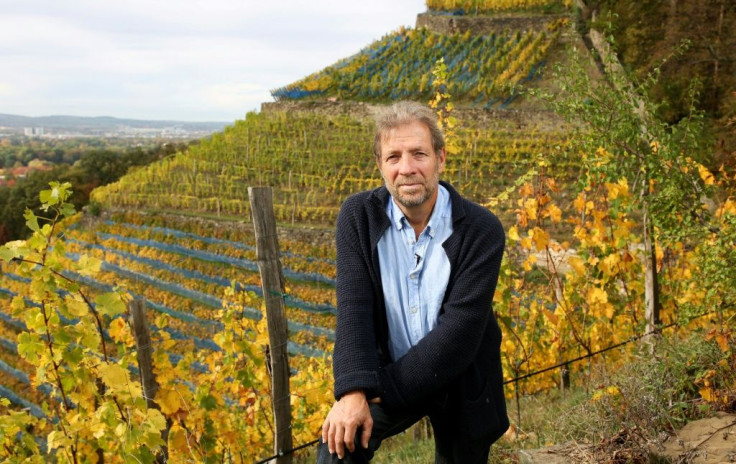
Klaus Zimmerling was bored with his mechanical engineering job when the 1989 fall of the Berlin Wall gave him the impetus to turn his life around.
"At first I didn't believe it," he said of the momentous event 30 years ago that led to German reunification a year later.
"Then I slowly realised that things would change and it was the occasion to start something new."
Ditching his job in Dresden, he retrained as a winegrower and invested in a parcel of land perched on the heights of the city.
Today, the 60-year-old is the proud owner of a vineyard that produces vintages which have been served in Michelin star restaurants like Noma in Denmark.
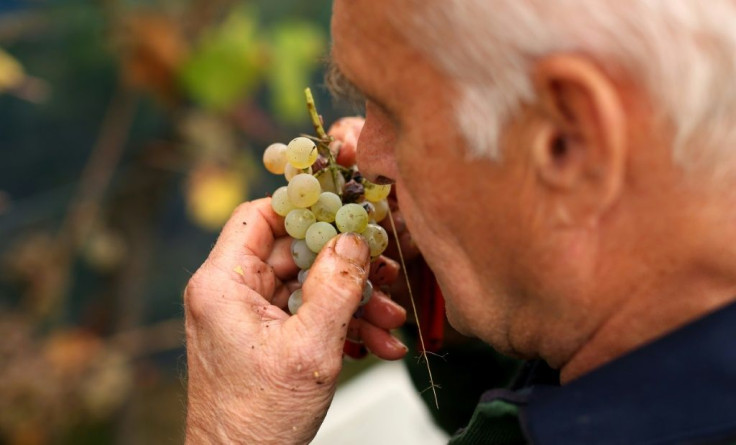
Not just Zimmerling's business but the entire winemaking industry in Saxony has seen a rebirth since German reunification.
While the end of the communist East largely spelled the collapse of the region's industries, small-hold vineyards sprang up as state-owned farming cooperatives that once produced food for the masses were dissolved, split up and sold off to private owners.
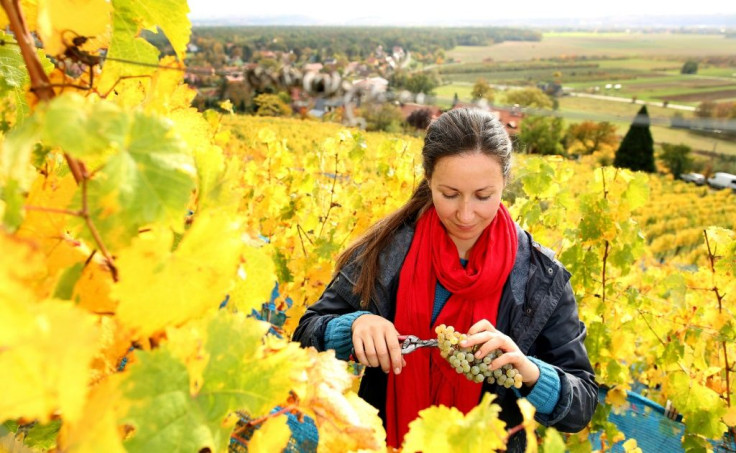
Zimmerling counted among those who pounced on one of these parcels.
Recalling the early days of his business, he said: "What was best was the crazy feeling of freedom."
Strolling among the grapevines planted along terraces in his vineyard on a warm autumn's day, Zimmerling plucked off a grape, inspected it and smelled it before popping it into his mouth.
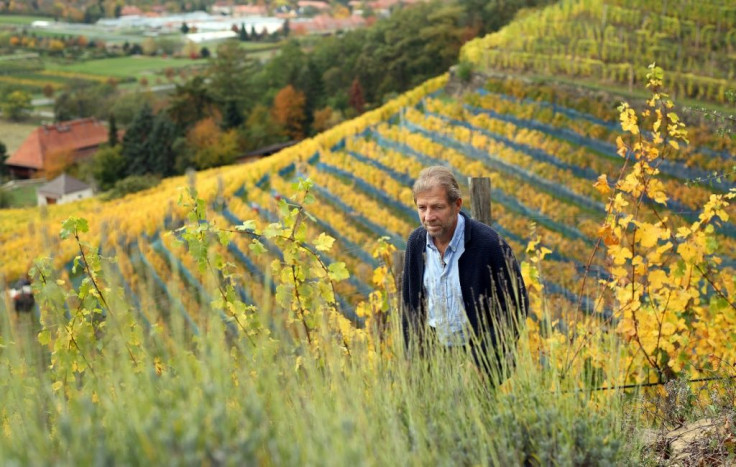
"These little grapes have a more intense flavour than the big ones. Look, they're already almost orange. The taste will be fantastic," he said, seemingly already tasting the Riesling to emerge.
'Improved quality'
Wine production in the Elbe valley goes back more than 850 years. It saw its zenith between the 16th and 18th centuries but later crumbled under successive wars and the whims of the changing weather and river flows.
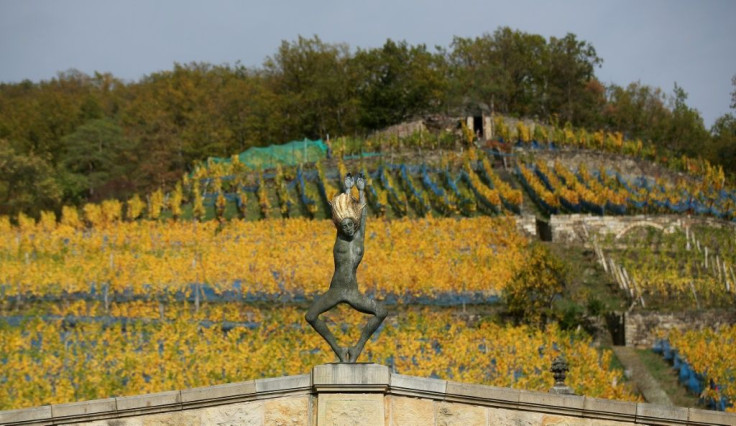
After World War II, wine production restarted during communist rule, with farming cooperatives put in charge of keeping it flowing for local restaurants.
Wine also served as a bartering tool, something that was common during the period, says Zimmerling.
But bottles that could be purchased in then East Germany were often imported from fellow Soviet bloc countries like Hungary.
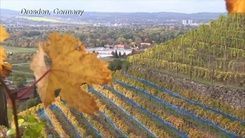
"After reunification, things really developed," according to the Saxony federation of the wine-growing sector.
Several vineyards were sold and private properties created and, most crucially, "the quality of wine improved greatly".
In May 1992, the Saxony wine route was inaugurated.
Along 55 kilometres between Pira, Dresden, Meissen and Diesbar-Seusslitz, trails for hikers and bikers were cleaned up to help bring in tourists.
While Saxony's wine-growing industry remains small, providing only 0.4 percent of total German production, it is attracting attention for its quality but also evoking a certain nostalgia for former easterners.
Hotels in the Elbe valley have reported bookings jumping from half a million in 1994 to 1.37 million in 2018, said local hotelier federation Elbland Dresden.
'Arrogance'
Zimmerling, who purchased the vineyard in 1992 after completing an apprenticeship in an Austrian winegrowing region, grew his holding bit by bit.
Today, it covers about 4.5 hectares (11 acres), on which he tries out a variety of grapes.
"I wanted first to make organic wine, but then also obtain quality that is unexpected for the region," he said.
His business isn't particularly profitable, he conceded, without divulging figures though he noted that his wife, a sculptor, brings more income home.
Today, he produces with a handful of employees about 15,000 litres of wine a year, including some that is prized among the best quality in Germany.
While most of his vintage is consumed locally, some makes its way to Poland, Denmark and even Japan.
"Until today, they refuse to admit in the west ... that wine produced in eastern Germany can be good," he said, calling out a certain "arrogance".
Thankfully, he added, "such prejudices don't exist abroad".
© Copyright AFP 2024. All rights reserved.




















